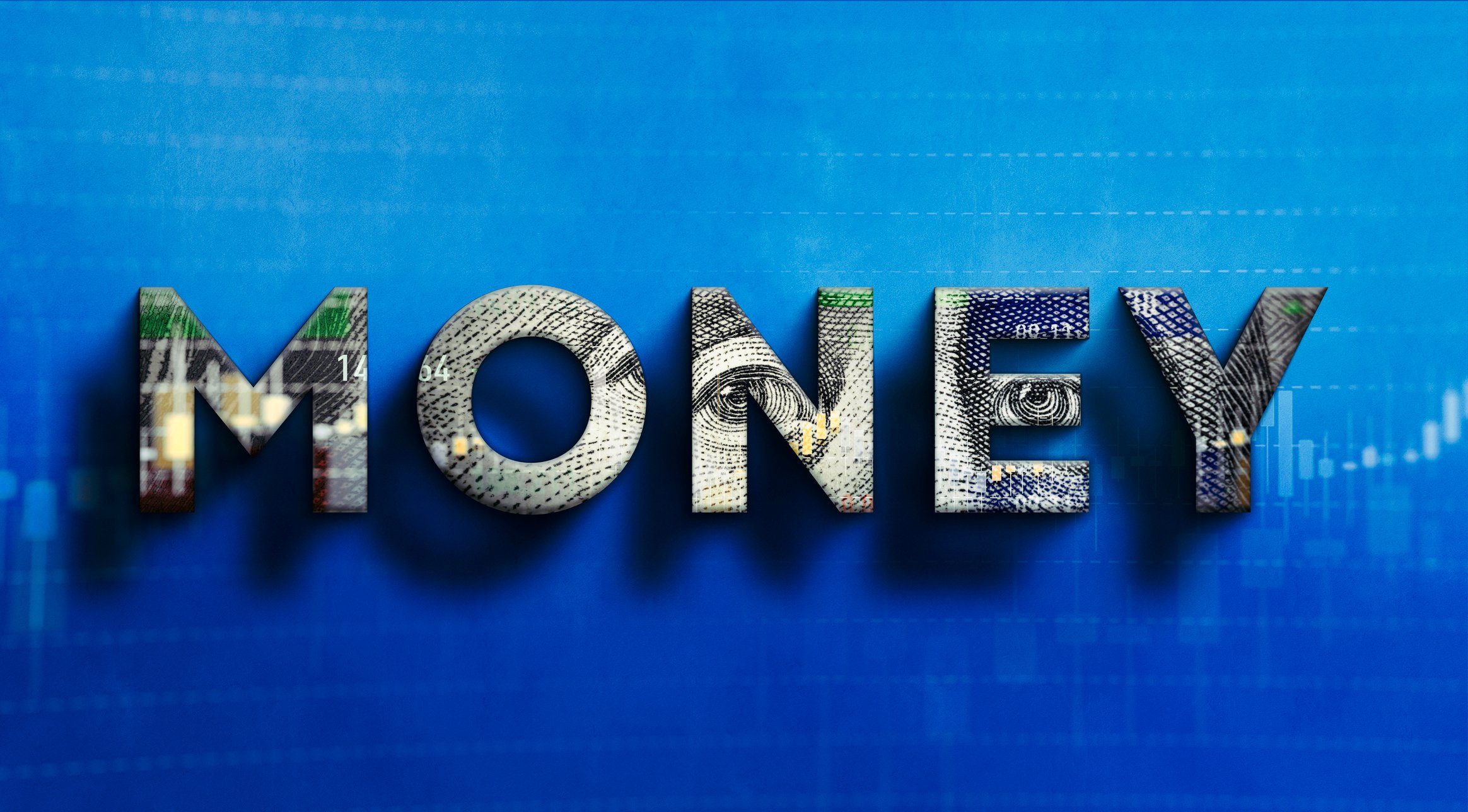In today’s volatile markets, investors must navigate not only data but also their own cognitive biases. By understanding System 1 and System 2 thinking, investors can make more rational decisions and avoid costly psychological traps.
Sharpening Investment Decisions Through Cognitive Awareness
System 1 and System 2 thinking—popularized by Nobel laureate Daniel Kahneman—describe two distinct mental processes that shape human decision-making. System 1 functions automatically and rapidly, relying on emotion, intuition, and mental shortcuts known as heuristics. In contrast, System 2 is deliberate and analytical, engaging when careful reasoning and critical assessment are needed.
In the context of investing, overreliance on System 1 can lead to impulsive trades, emotionally driven market reactions, or overconfidence in unvetted strategies. For instance, reacting to a headline about a stock crash without evaluating the company’s fundamentals is a classic example of System 1 in action.
Effective investors strive to activate System 2 thinking—especially when analyzing portfolio performance, evaluating asset allocation, or considering market signals. This more calculated approach reduces susceptibility to cognitive distortions and aligns decisions with long-term financial goals.
Recognizing Mental Traps That Skew Financial Decisions
Cognitive biases silently influence how investors interpret information and make choices—often with detrimental results. One prevalent distortion is anchoring bias, where individuals cling to a specific number or reference point. For example, an investor might resist selling a stock below its previous high, even if current fundamentals no longer justify that valuation.
Availability bias also undermines sound judgment. When media coverage fixates on dramatic but rare events—like a tech bubble or a financial collapse—investors may overestimate market risk and irrationally adjust their strategies. This can result in missed opportunities or an overly defensive portfolio structure.
Another powerful force is loss aversion. According to Kahneman, people feel the pain of financial losses about twice as strongly as they feel the pleasure of comparable gains. This leads investors to hold underperforming assets too long or avoid rebalancing during market recovery phases, ultimately harming long-term returns.
Framing effects are also significant in the investment realm. Presenting the same outcome in different lights—such as “a 90% chance of gain” versus “a 10% chance of loss”—can heavily influence investor behavior. Seasoned advisors harness this phenomenon to present strategies in a way that aligns with client risk tolerance without distorting the underlying facts.
Finally, the sunk cost fallacy disrupts rational portfolio management. Investors may continue funding losing positions because of the time or capital already invested. However, optimal financial decisions should consider future prospects and intrinsic value—not past expenditures that cannot be recovered.
Putting Behavioral Wisdom Into Action
Recognizing the influence of System 1 and System 2 thinking can significantly enhance investment discipline and minimize bias-induced errors. By transitioning from emotionally charged, instinctual decisions to measured, evidence-based strategies, investors can better position themselves for consistent, long-term performance.
In practice, this means integrating structure and intentionality into the investment journey. Tools like automatic rebalancing, customized checklists, and risk assessments support analytical decision-making even during high-stress market conditions. Meanwhile, gaining awareness of common biases—such as loss aversion, anchoring, and the sunk cost fallacy—enables proactive mitigation rather than reactive regret.
Consider a real-world scenario: An investor sees a biotech stock fall 40% following a failed drug trial. System 1 might scream “buy the dip,” influenced by the stock’s previous high. But engaging System 2 would involve scrutinizing future revenue projections, pipeline viability, and macroeconomic conditions. That due diligence can spell the difference between catching a falling knife and making a contrarian yet informed move.
Ultimately, behavioral finance is not about eliminating emotion—it’s about channeling rational deliberation in tandem with self-awareness. As behavioral insights increasingly shape market tools and investor education, understanding how you think is just as critical as what you invest in.
Contact MintByte today to discuss investment opportunities that suit your goals.
🗓 Book a Meeting: 📩 Meeting Link
📝 Contact Us: 📋 MintByte Contact Form
Disclaimer: The information provided herein is solely for informational purposes. It should not be construed as investment advice, an offer to sell, or a solicitation of an offer to buy any securities or financial products. Mintbyte is not liable for any losses incurred from using this information. Investors are strongly advised to seek independent professional advice and carefully consider their investment objectives, risk tolerance, and financial situation before making investment decisions.





